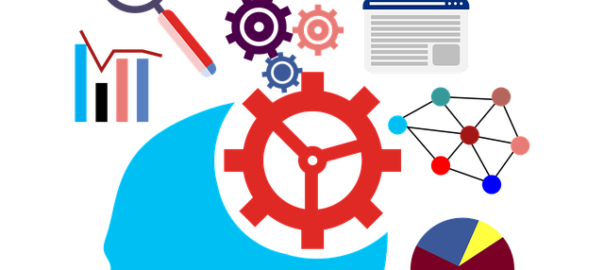Artificial Intelligence has rapidly transformed from a technological novelty into a driving force across multiple sectors, from healthcare and finance to education and environmental conservation. As organizations worldwide harness AI’s analytical capabilities to solve complex problems, one promising application has emerged in wildlife protection and environmental monitoring.

Microsoft’s AI for Good Lab illustrates the potential of applying AI to projects that range from monitoring endangered species to modeling Earth’s natural systems and enhancing disaster response and preparedness. Since 2018, the lab has launched over 200 projects worldwide, combining artificial intelligence with initiatives focusing on sustainability, humanitarian action, and health.
An example of their innovative approach is the development of SPARROW (Solar-Powered Acoustic and Remote Recording Observation Watch), a new tool in biodiversity surveillance technology. This sophisticated system employs solar-powered devices equipped with energy-efficient AI chips. The devices are capable of operating autonomously for years while transmitting data via low-Earth orbit satellites.
Implementing these systems on a larger scale will require overcoming obstacles such as weather interference, equipment durability in harsh environments, and the complex task of filtering out background noise in dense forest environments. However, the potential of this technology has already been demonstrated through initial projects.
In a pioneering study, biologist Jenna Lawson deployed 350 audio monitors throughout Costa Rica’s Osa Peninsula to track Geoffroy’s spider monkeys. These primates are sensitive to environmental changes and difficult to track on the ground. Using SPARROW’s AI systems, Lawson collected and analyzed vast amounts of recorded data. Published in March, her findings revealed that the monkeys avoided areas near roads and plantations, highlighting the need to rethink and redesign conservation efforts like the wildlife corridors that bisect the region’s protected reserves.
Microsoft’s commitment to global conservation continues to expand. Plans to deploy SPARROW devices across all continents by late 2025 are underway. The collected data will be open-sourced, making it accessible to researchers worldwide while protecting sensitive location information from potential misuse. This initiative is a step forward in understanding and addressing the causes of the extinction risks faced by 28% of plant and animal species. As this technology continues to evolve, it offers a promising blueprint for how AI and conservation can work together to safeguard Earth’s biodiversity.

